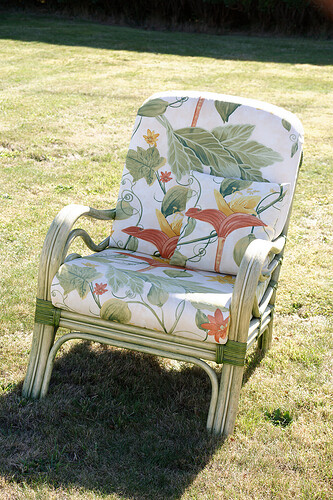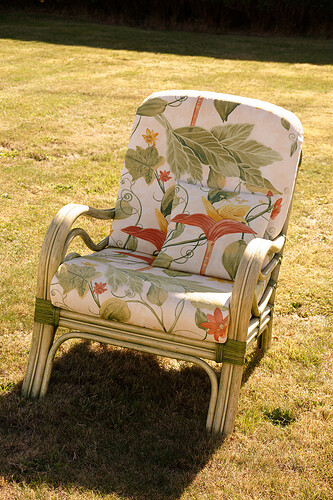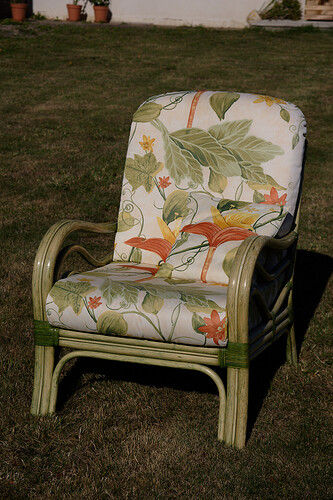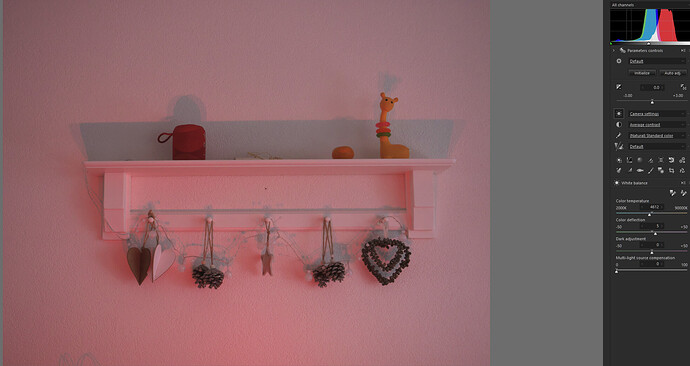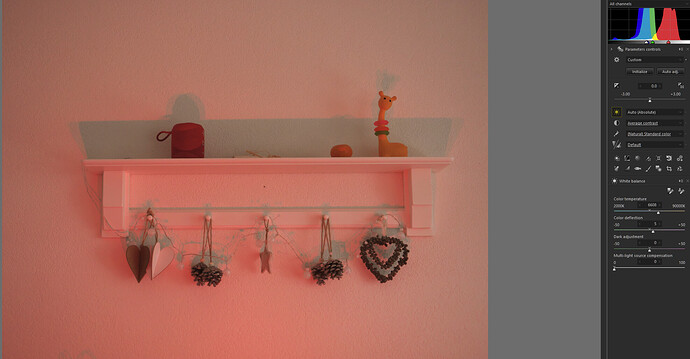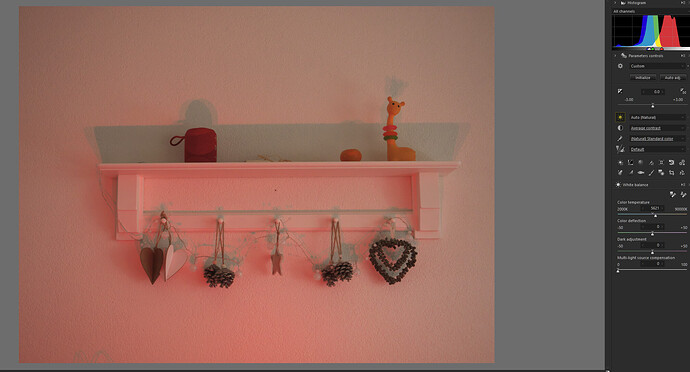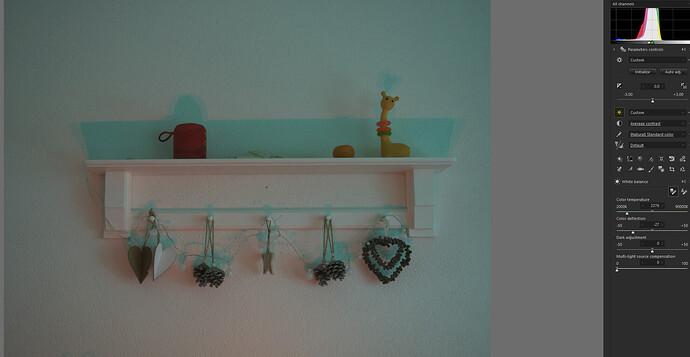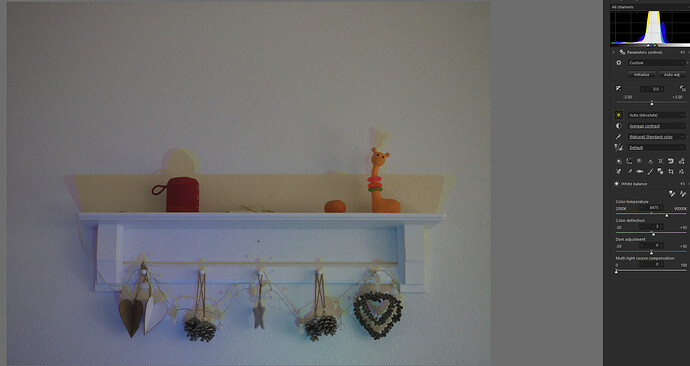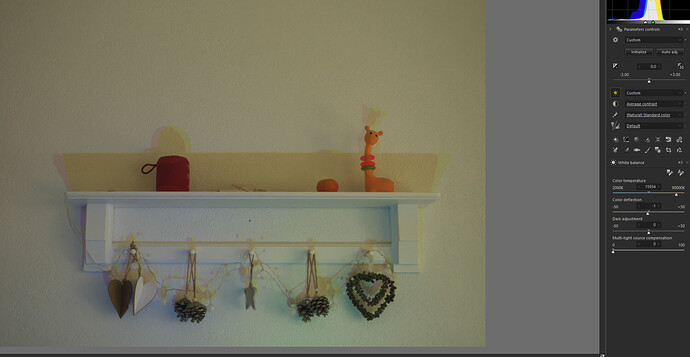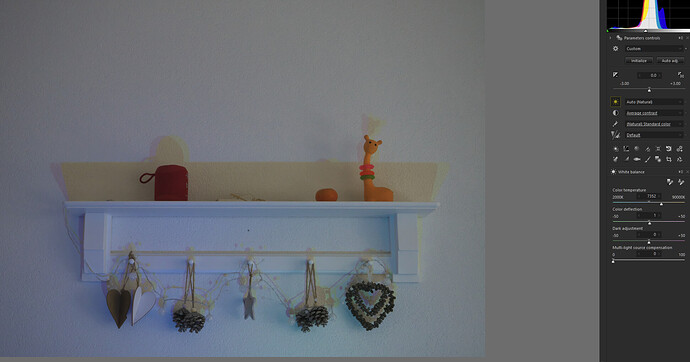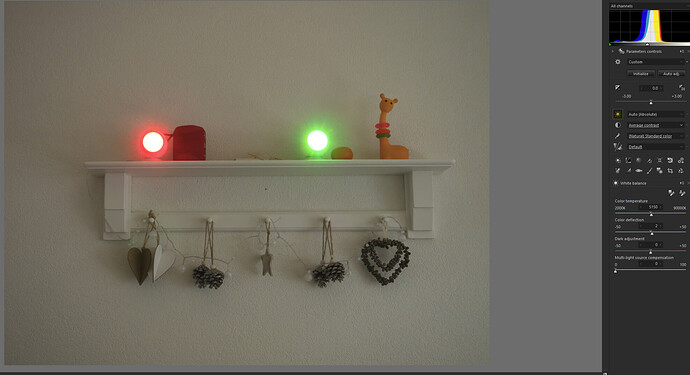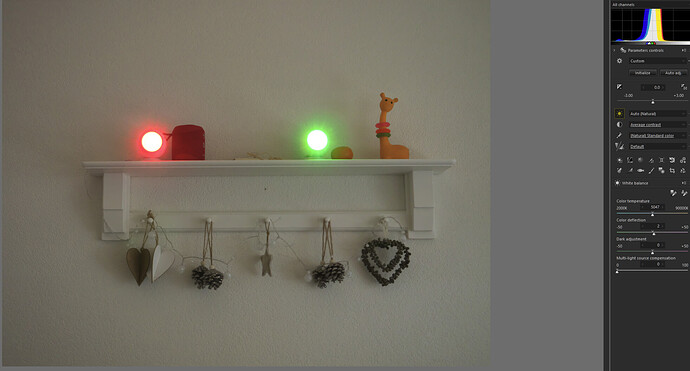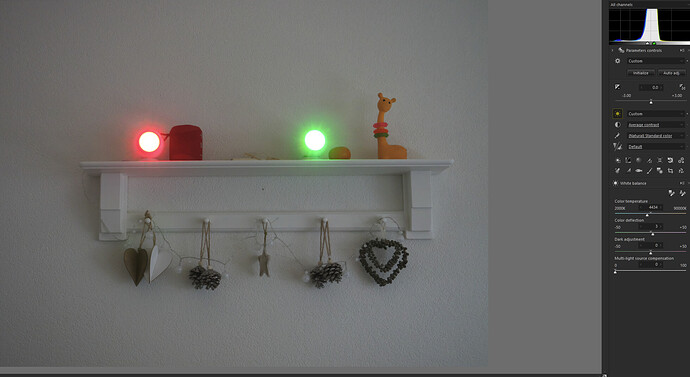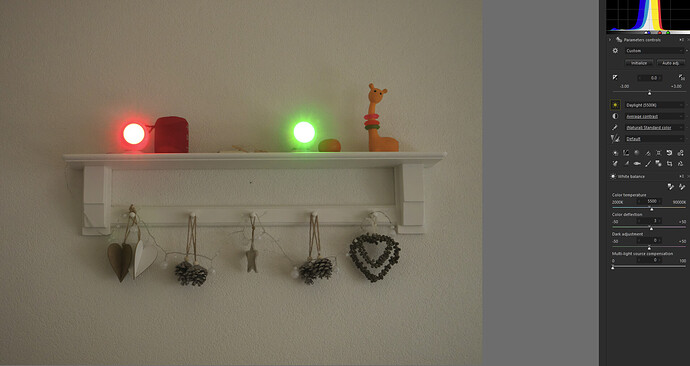Please add an “Auto White Balance” option to the RAW white balance setting dropdown
Welcome, Steve! Don’t forget to vote for your own feature request!
There is an older request for the same feature, which grew out of a discussion about white balance - but it didn’t gain many votes, probably because at that time there was a tight limit on how many votes each user could cast.
I have never used Auto White Balance as the software simply guesses based on colours in the picture and will mostly get it wrong. If you are serious about getting white balance correct then make sure your monitor is calibrated and then adjust white balance by eye or use a grey card in a test picture under the exact conditions you take your final photo then use the dropper on the grey card to get the correct white balance.
Another thing to be aware of is that conditions affect white balance. As an example, if you take a photo at sunset with pink clouds then the overall photo will have a pink colour cast. You don’t want to remove that pink cast do you?
I do a lot of underwater photography (without artificial light) which is notoriously difficult to white balance but with practice you can get it pretty good.
I quite agree. Most of the time, there is very little in an image that determines “automatically” what the “correct” colour temperature was or should be.
Here are a couple of images…
These were taken on a bright, sunny, cloudless, day, with the camera set to auto white balance; the first one against the light, the second with the light coming from behind.
But, which one has the correct white balance and how would any software know with any degree of certainty? Especially if the photographer wanted a certain “feel” to the image.
Here are two more shots…
This time, I used a colour meter to determine the true temperature of the light and set the camera appropriately. The first one was measured at 8580°K and the second at 5150°K.
So, you might say that the difference in “feel” is very noticeable and that you might prefer one over the other because the other “feels” wrong and that the white balance is most definitely very different.
But, in fact, in you look at these two crops…
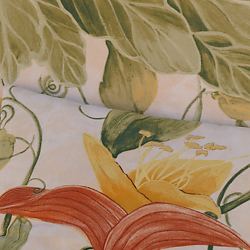

… from the previous two images, where the colour temperature was measured at the time of shooting, you can clearly see that the colouration in both is identical.
Don’t forget that all “AI” software has to be trained by someone who may have have an influence on the end results.
The question remains - which image is the most “correct” and how would any “automatic” software know?
Artificial intelligents WB. What does such a tool need to have?
1 determine light temperature.
By seaking grey and white objects in the image?
2 Do we need a choice for cold or warm based awb?
In the summer we like a more warm feel of things white amber/redisch yellow wile a snowy colder winter-ish image more kn a need is of the colder part of white. White blue-ish.
3 any thing else?
I agree to all the limitations of AI WB. But 1) other softwares have it, so why Dxo not? 2) just assume for instance that you blundered the WB - e.g. setting it to tungsten in a previous photo session, and then forgetting to reset it. An auto feature would be handy to give you just a first rough idea of how you should adjust it…
What is the difference between AWB on the camera and AI WB in the software?
George
… could be used as a proposal, like when hovering over presets
Automatic White Balance (AWB) is based on whatever algorithm a manufacturer uses in order to establish a WB that makes the jpeg preview look like what we saw while shooting.
AI WB implies that some artificial intelligence is used to establish white balance. I’d forget AI WB as a term, it’s simply e sequence of characters intended to make us think that it is better. Intelligence (be it artificial or real) does not prevent the creation of 
It does not really matter if you set AWB in camera or later in software - as long as you shoot raw - unless you want the built-in preview to look good.
I go along with Joanna. I do not need a software engineer to tell me what is the “correct” WB.
Don’t know, not an expert.
But there is a real difference.
Many time my G80’s AWB is off i use the Silkypix
auto absolute and auto natural to see which way it should go.
from manual
- Auto (Absolute)
This automatically determines a suitable white balance. It automatically makes adjustments to cancel out color from the light source and color cast. - Auto (Natural)
This automatically sets an appropriate white balance. It automatically adjusts in order to perceptually reproduce the atmosphere of the light source color. It is effective for retaining the color tone of the light source without completely correcting color cast from the light source color. - Auto (Underwater)
This automatically sets an appropriate white balance. It automatically adjusts in order to remove blueness from the underwater photograph.
So absolute is getting it white like you will white a colorchecker test shot and natural as how we (hopefully) would see the scene.
house in the morning sun:
AWB 5969k cd5
absolute does: AWB 6776k cd 2
natural does: 6044k cd2
is it more intelligent? duno.
light source was redisch;
how the camera sees it:
how AWB absolute would process it:
how awb natural would proces it:
What the colorpicker would offer:
i fooled the AWB by having 2 colored lights and a off white wall.
Now i tricked a bleu and yellow(sun?)
awb:
absolute:
(see the yellow skidmarks showing it’s thinking this is normal sunlight.)
is rather good on the whites of the wall right?
now eyedropper:
now you see the yellow even more.
auto natural, the one who would keep some of the lightsource color:
you see blue and yellow in the scene.
an other example:
camera want’s this white (remember the wall isn’t white) (i point two colors in the lens to lour the AWB in to failing.
absolute:
natural:
eyedropper:
The AWB of the camera did a better job in case of compare with the eyedropper.
but the other two are better in getting the “mood” or “daylight look”
daylight (5500k/3would be this:
what do you think?
there are moments that it is difficult to find the starting point of a scene’s WB.
you can wander off completely the wrong direction.
those “help aids” can offer a view or a point to start from.
i find eyedropper WB often resulting in a not what i needed or want WB.
(click object isn’t grey or white) clouds are a good way but you know clouds has sunlight as colormaker and you like to catch some of the “mood” that is on the clouds. so eyedropper does whiten those too much.)
It’s a tool like every other tool which alters a image. some like it others don’t need it.
I realize Auto White Balance in software is not the most ideal all the times, but it’s still better to have something that tries to guess than no option whatsoever or having to click the dropper every time which also doesn’t often get what we need. I also like the option in Apple Photos to change the white balance detection to skin tones when doing the dropper there, sometimes that has a better chance guessing the right white balance if it’s a portrait versus another style photo.
“No, I don’t want another tool!” Said no craftsman ever…
DxO PL5 already has auto exposure, which is often a bad idea, and auto perspective, which usually produces downright laughable results, so “lack of accuracy” feels like someone being stubborn…
The second best argument is that DxO PL5 so redefines a camera’s white balance via tint and temp, it’d be quite natural for it to also offer an auto function, or three. I could be better than in-camera…
The best reason is simply having another tool. Anything that might save me the days I’ve just spent on a set of old photos with incorrect white balance would be worth a click…
